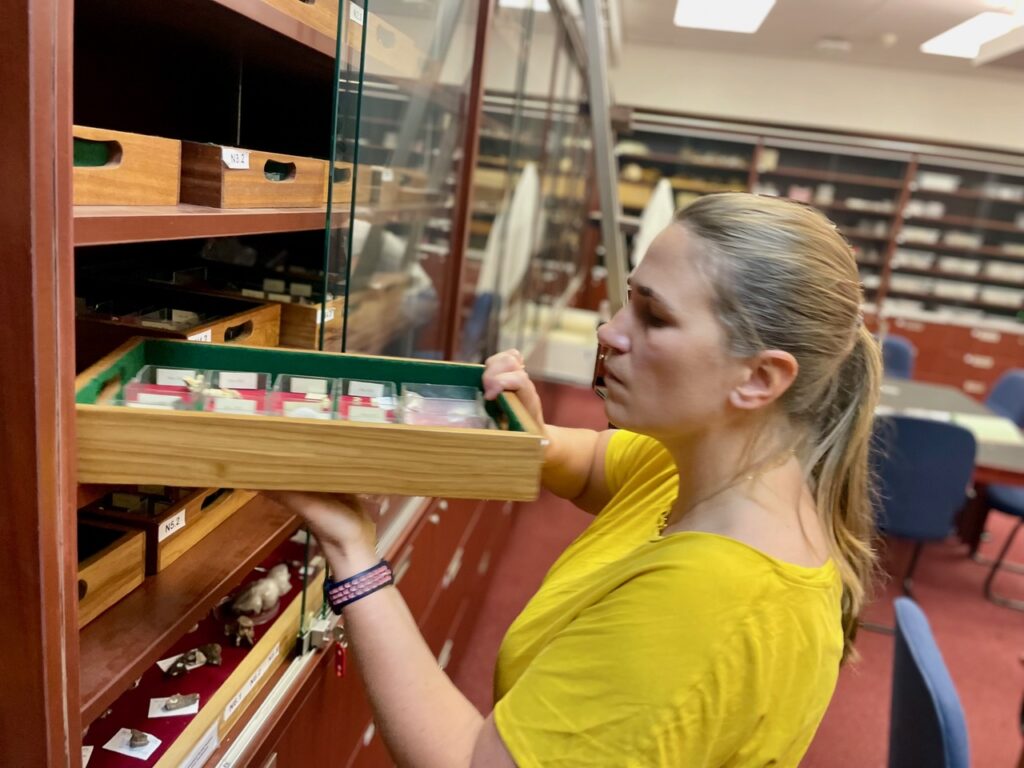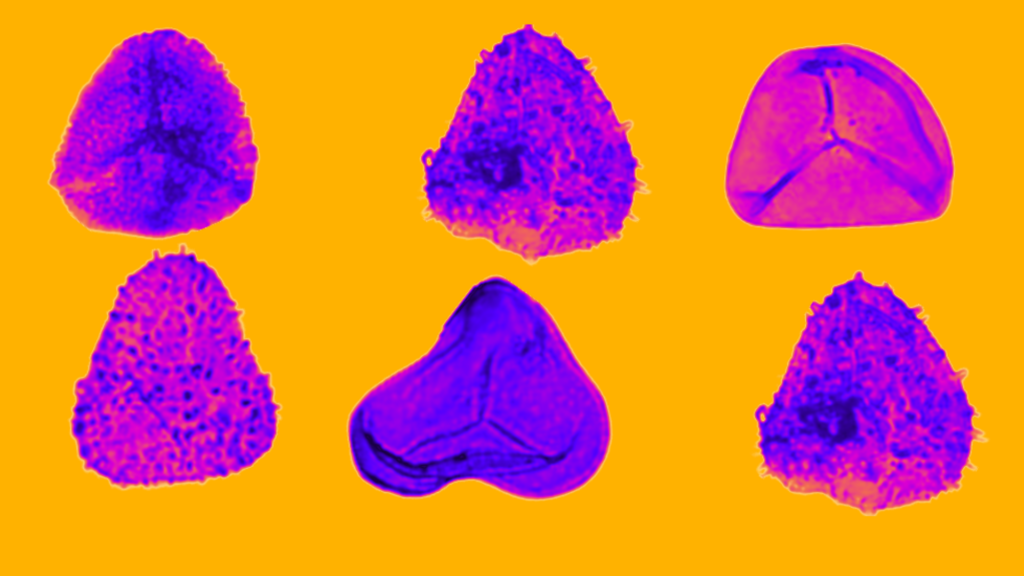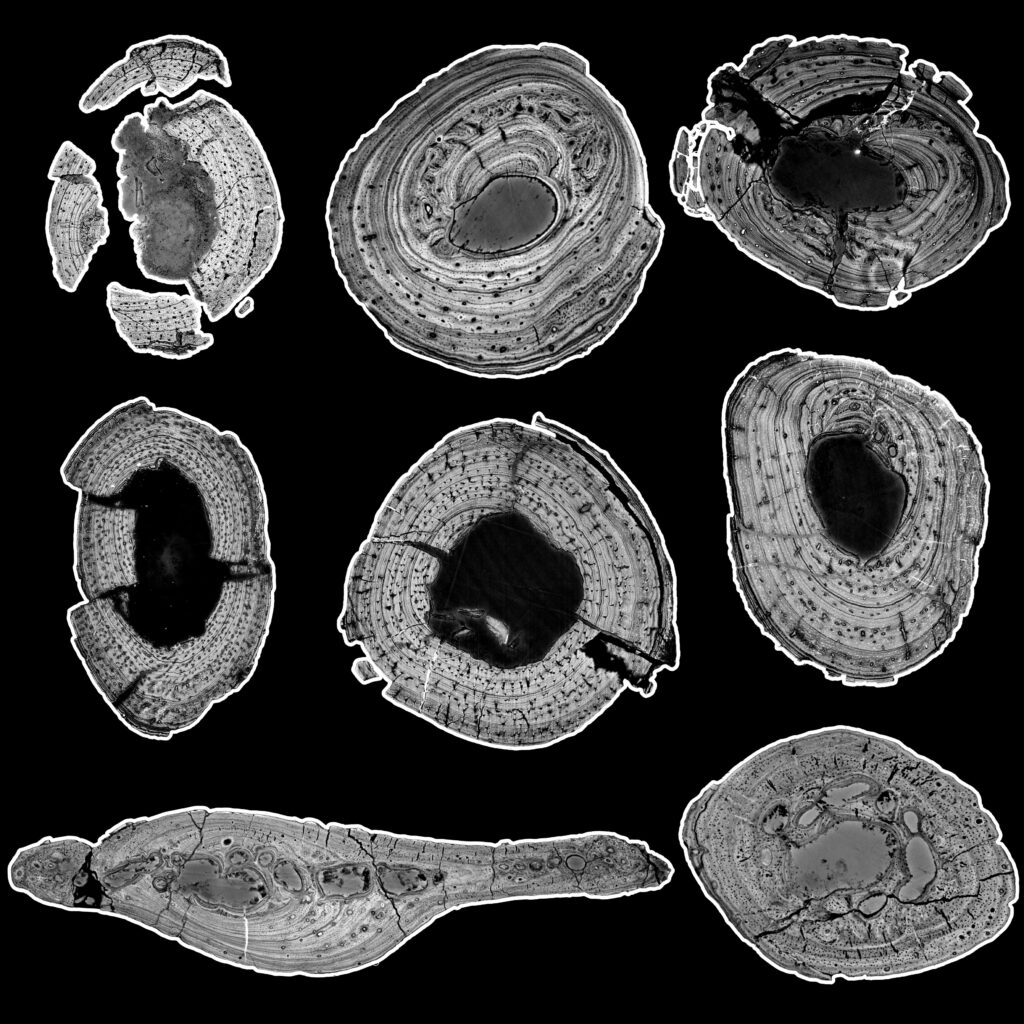The Hidden Architects of Caves: Bats, Biocorrosion, and the Mystery of Cave Art
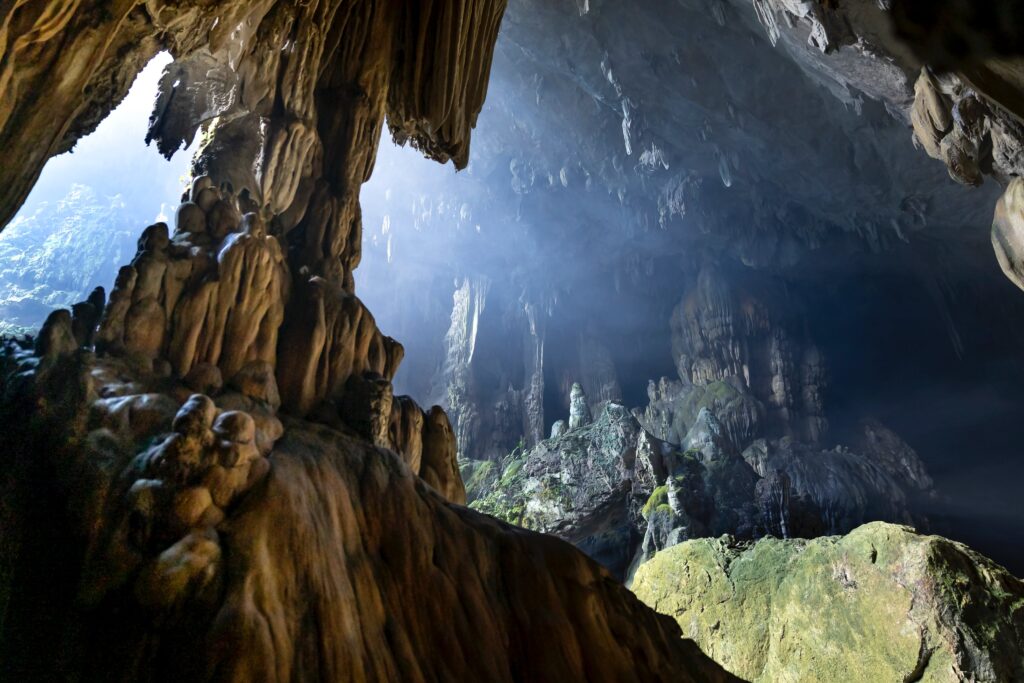
When you step into a cave, awed by its intricate formations or spectacular caverns, you might attribute its beauty solely to natural geological processes. However, in many underground caves, bats are the unsung engineers, shaping these underground worlds in fascinating and surprising ways. A study conducted in Botswana, published in Geomorphology, revealed that bats, through their guano (droppings), cause biological corrosion that alters the cave’s geomorphology. Geoarchaeologist Dr Laurent Bruxelles proposes that huge bat colonies might have significantly impacted the appearance of caves and possibly even the preservation of Palaeolithic rock art.
Bats as Ecosystem Engineers
Bats are not just cave dwellers; they are often referred to as “ecosystem engineers” due to their multifaceted role in shaping and sustaining the environments they inhabit.
The presence of large colonies of bats can influence the cave’s microclimate. Their collective body heat and respiration can alter humidity levels and increase the temperature by several degrees, which may affect the other types of organisms that can survive in the humid cave environment.
Bats forage outside of caves, consuming large quantities of insects and fruits. When they return to the cave, their guano serves as a rich source of nutrients, effectively importing essential elements like nitrogen, phosphorus, and potassium into the otherwise nutrient-poor cave ecosystem.

The nutrient-rich guano supports a complex food web within the cave. Various organisms, from bacteria to invertebrates, rely on bat guano as their food source. This, in turn, supports other predators in the cave ecosystem, creating a dynamic and interdependent biological community.
Bat guano is a mixture rich in organic matter and ishighly acidic. Analysis of bat guano shows that there are at least 31 different bacterial groups. As these bacteria metabolise the guano, they generate highly acidic byproducts capable of eroding the cave’s walls and geological features. This process, called biocorrosion, is so potent that it dissolves calcite, the primary component of limestone, which most underground caves are made of.
The corrosion patterns in caves are intricate and varied. In Drotsky’s Cave, they range from micropinnacles to alveoli, often covered by a thin brown-black deposit. In France, Bruxelles observed similar corrosion, including bell-shaped domes in ceilings. These domes are caused only by the acidity of the bats’ breath. As bats breathe out CO2 and water vapour, it condensates on the side of the cave wall, forming carbonic acid. These formations are so distinctive that they can serve as markers for identifying caves that were once home to bat colonies, both recently and millions of years ago.
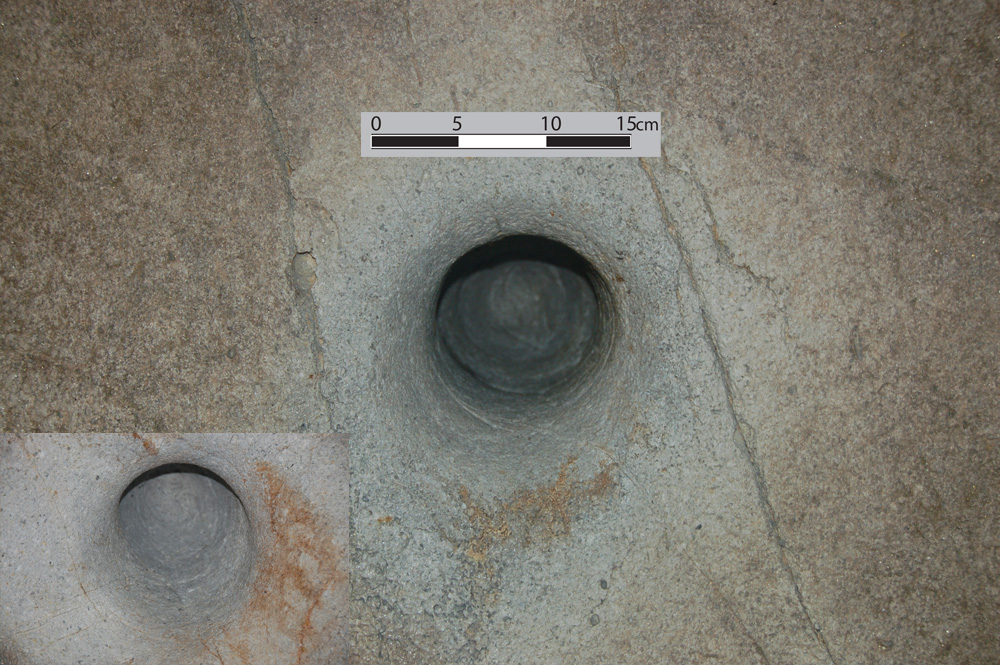
The Mystery of Cave Art
One of the most intriguing questions raised by this research is the impact of biocorrosion on Paleolithic rock art. Dr Bruxelles points out that in caves where bats are known to have been present, there are no paintings. This leads to the hypothesis that some ancient art might have disappeared due to biocorrosion. This is probably because bat guano, with its capacity to dissolve limestone, may also have contributed to the degradation of ancient cave paintings. In contrast, caves in France like Lascaux and Chauvet, which were sealed off and inaccessible to bats, contain paintings and wall art throughout.
The broader implications of this theory are significant, suggesting that the amount of cave art that has survived to the present day may represent only a fraction of early human artistic endeavor. A considerable portion of early human cultural expression has probably been lost to biocorrosion processes. This phenomenon also prompts a re-evaluation of the criteria by which early humans selected sites for their art. It’s still a mystery whether early humans knew about the damaging effects of bats living in caves and if this knowledge affected where they chose to paint. We’re left to wonder if the survival of some cave paintings over others is simply due to luck.
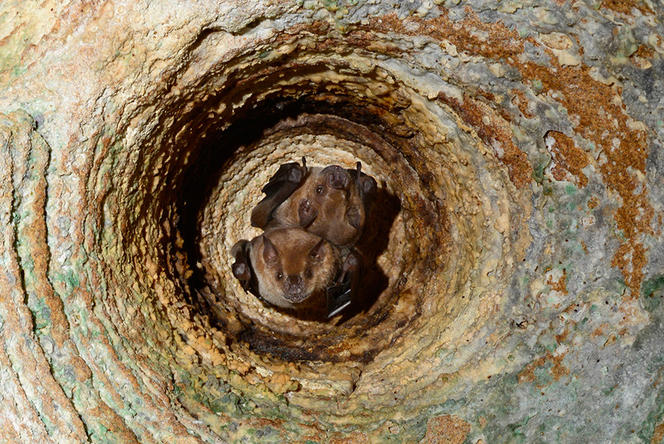
Future Research and Conservation
Researchers are keen to explore more caves to understand the full extent of biocorrosion. They are also looking into fossilised guano as a tool for interpreting archaeological sites. By studying fossilised bat droppings, scientists can learn about the environment inside caves over a long time, like what bats ate, the variety of life forms that existed, and the weather patterns of ancient times. This information can help them better understand old archaeological sites and give clues about why cave paintings are found in certain places, as well as the themes and techniques used by the artists.
This research conducted by scientists like Dr Bruxelles is urgent because human activities are harming cave ecosystems. Aspects like pollution, too many visitors, and unchecked exploration are damaging these special underground places. We urgently need conservation plans to keep caves safe to preserve their bats, natural beauty and the priceless history they contain.
In the future, protecting caves will require several steps: making rules about who can enter caves and when, taking better care of the land around caves to preserve natural areas, and teaching people about why these places are important. Understanding the role of bats and how they can change caves can help us take better care of these ancient and beautiful sites.
The next time you marvel at a cave’s beauty or ponder the mysteries of ancient rock art, remember the hidden architects—bats. Their role as ecosystem engineers is a testament to the intricate ways life shapes the Earth. As we continue to explore and understand these processes, it’s crucial that we also work to protect these unique ecosystems for future generations.
